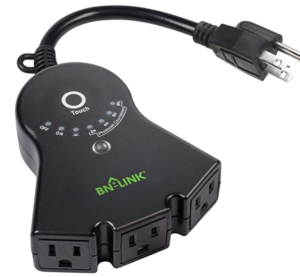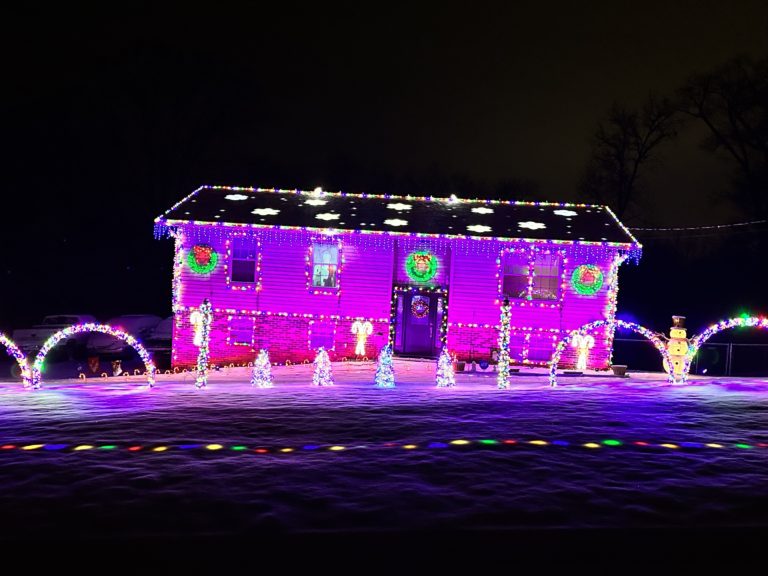Photocell sensors, also known as photodetectors or photoconductive cells, are devices that detect light and generate an electrical current in response to the intensity of the light that falls on them. They are made of semiconductor materials such as silicon and are used in a variety of applications, including Christmas light displays, burglar alarms, automatic lighting control systems, and motion detectors.
Table of Contents
When light strikes a photocell sensor, it is absorbed by the semiconductor material, causing the electrons in the material to become excited and move around more freely. This movement of electrons creates an electrical current that can be measured and used to detect the presence or intensity of the light. The electrical current generated by the photocell sensor is typically very small, so it is often amplified or converted into a digital signal before it is used by the system in which it is installed.

The placement of a photocell sensor depends on its intended use and the specific requirements of the system in which it is installed. In general, photocell sensors should be placed in a location where they will be able to detect the desired light conditions accurately and consistently. Some factors to consider when deciding where to place a photocell sensor include:
With Timers
Some models of photocell sensors come with built-in timers. This enables you to control how many hours after dusk electricity will flow. Sensors with built-in timers are very nice models for landscape lighting and Christmas light displays where lighting is not needed to be on from dusk to dawn, but only a few hours starting at dusk.
Type of Light
Different photocell sensors are sensitive to different types of light, such as visible light, ultraviolet light, or infrared light. Make sure to select a photocell sensor that is suitable for detecting the type of light you are interested in. For Christmas light displays, you want a photocell sensor that detects visible light so that your over the top display automatically turns on and dusk and off at dawn.
Sensitivity
Some photocell sensors are more sensitive than others and may be able to detect lower levels of light. Consider the sensitivity of the sensor when deciding where to place it. You may need to experiment with placement a bit to be sure your Christmas lights turn on at the desired time.
Distance from Light Source
The distance between the photocell sensor and the light source can affect the accuracy and reliability of the sensor. In general, the closer the sensor is to the light source, the more accurate it will be. For Christmas lighting this will not be as much a concern as being clear from obstructions, which we will discuss in a bit.
Orientation
The orientation of the photocell sensor can affect its sensitivity to light. For example, a sensor mounted on the side of a building may be more sensitive to sunlight coming from the east or west than from the north or south.
Obstructions
Shadows, glare, and other objects or materials that block or reflect light can interfere with the accuracy of a photocell sensor. Make sure to consider these factors when deciding where to place the sensor. This is especially true when a photocell sensor is install amidst bright, light emitting Christmas displays that could “trick” it.




